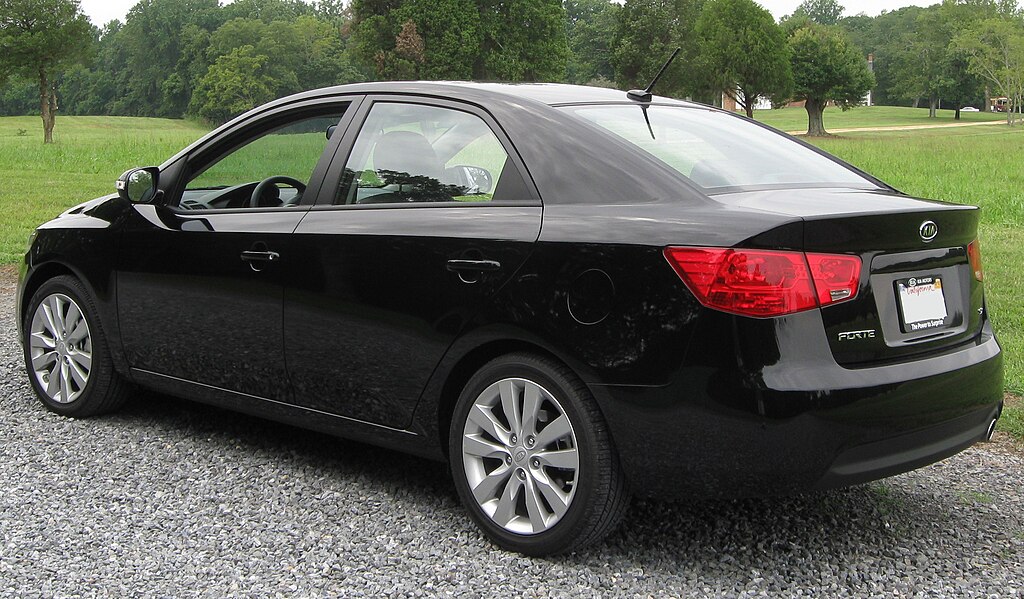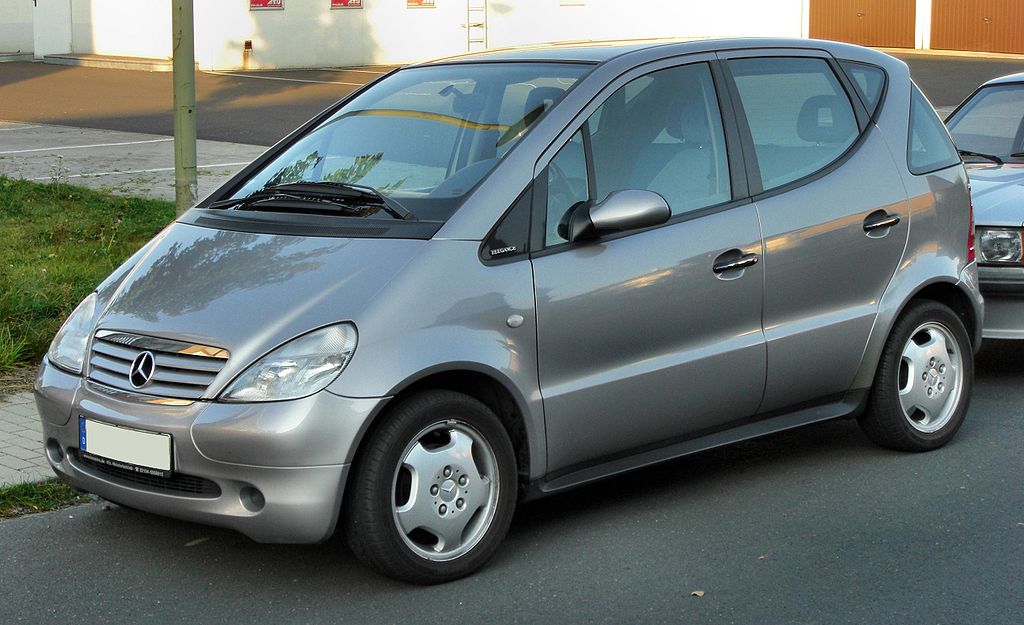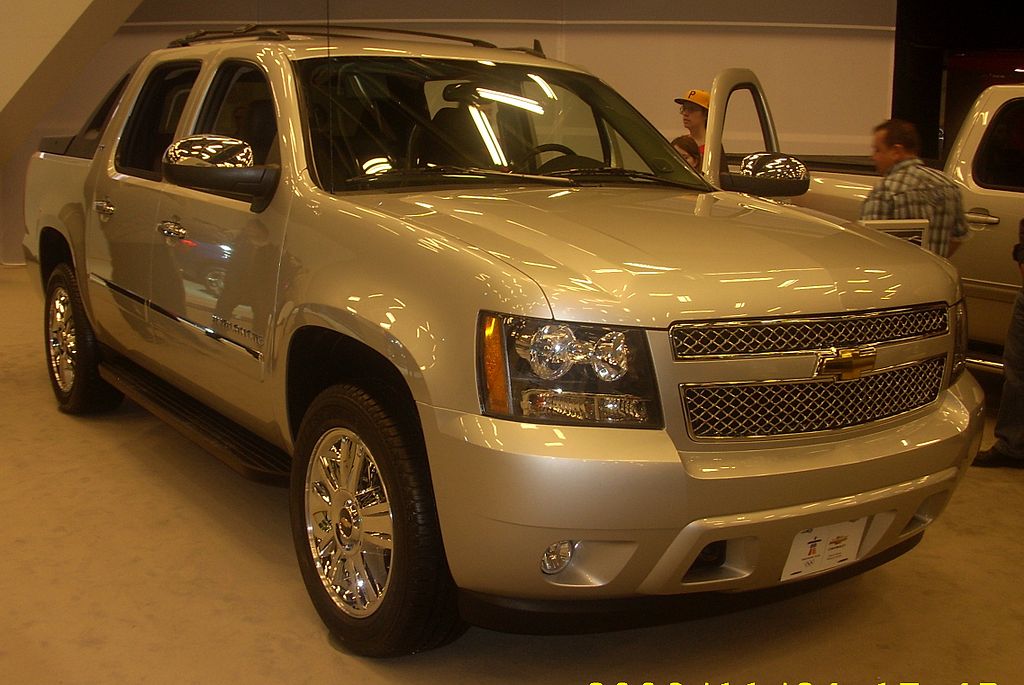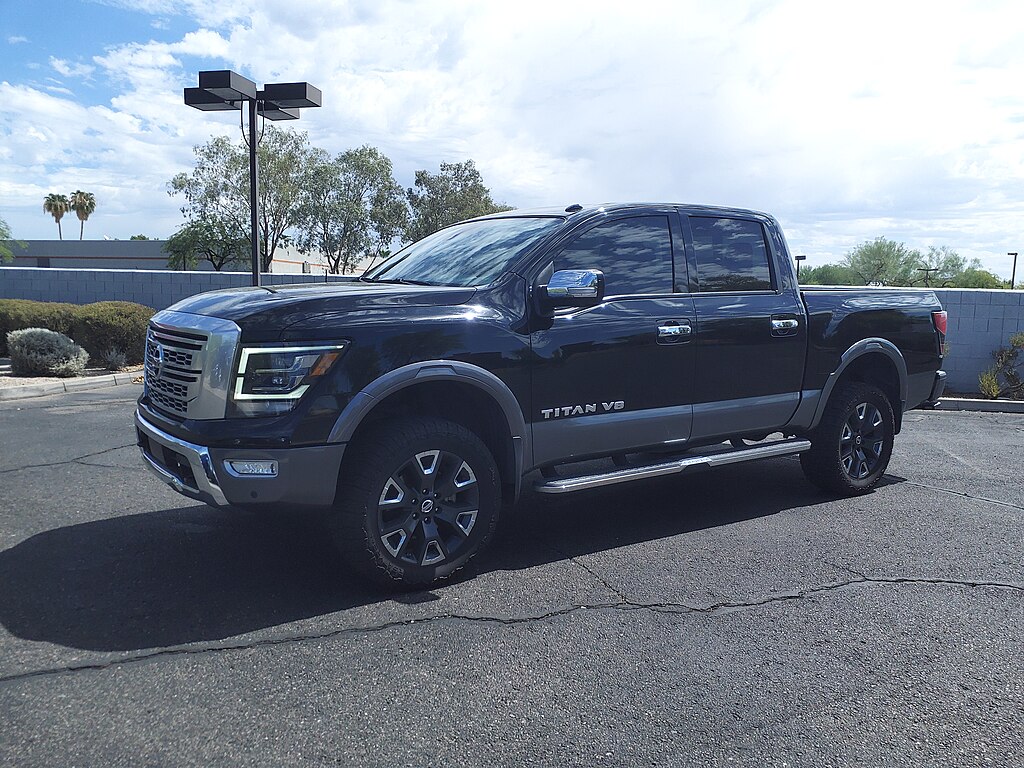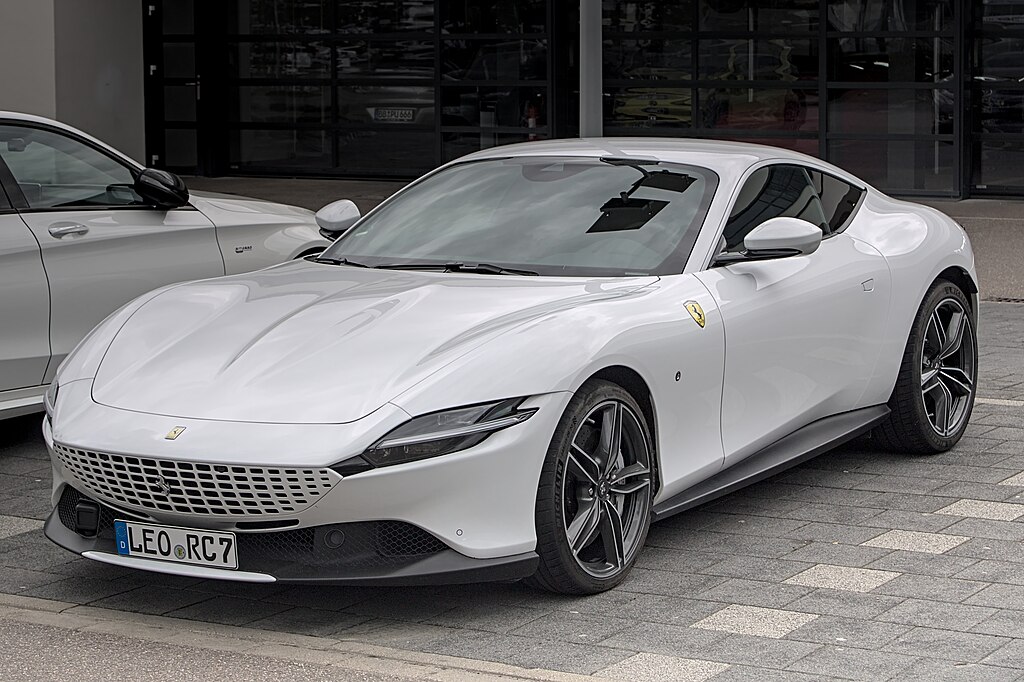Some cars are so iconic that even after production stops, their legend lives on. Changing trends, new tech, and time have pushed some of the most incredible rides into retirement, leaving gearheads nostalgic for the good old days. From beastly muscle cars to revolutionary designs, these legends shaped the road before time and technology forced them into retirement. Their impact endures, refusing to fade. Buckle up for a ride through the most unforgettable discontinued cars!
Acura NSX
The NSX made its grand debut in 1990 as a sleek, mid-engine sports car, but in North America, it hit the streets under the Acura badge. After a long hiatus, the second generation roared back to life in 2016, but despite its jaw-dropping performance, it never matched the original’s success. Sales didn’t justify keeping it around, and Acura pulled the plug after the 2023 model year. Now, the brand is shifting gears to focus on newer, more in-demand models—but the NSX’s legacy as a high-performance icon is far from forgotten.
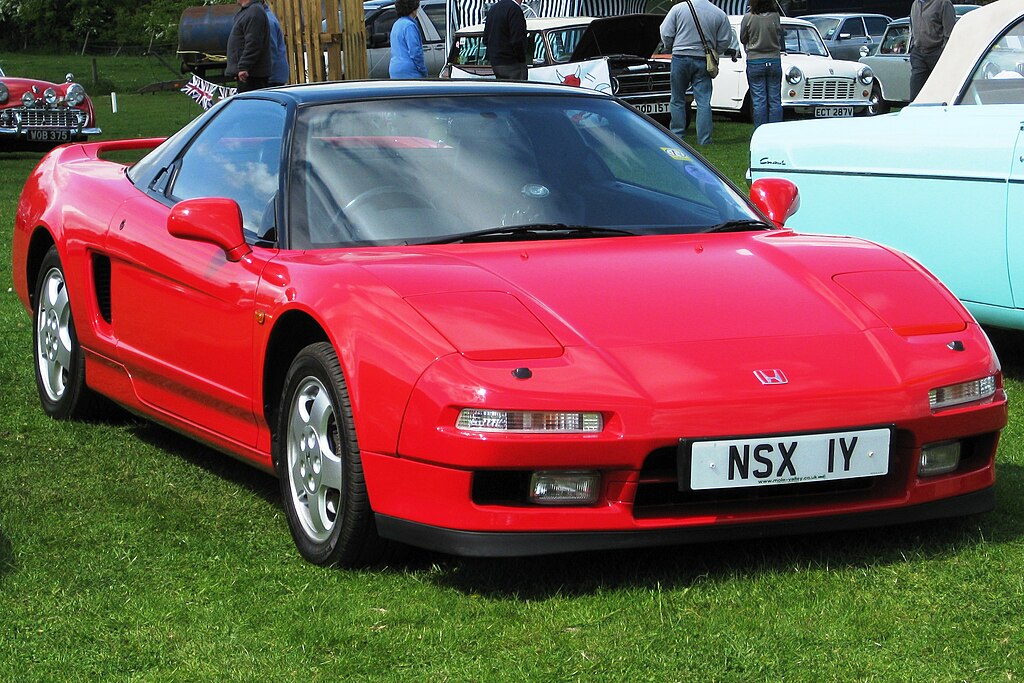
Honda Prelude
The Honda Prelude carved out its niche from 1978 to 2001, spanning five generations as a sleek, four-seat, two-door coupe. Beloved for its sporty feel and sharp handling, it held its own for years—until fierce competition from rivals like the Mitsubishi Eclipse, Toyota Celica, and even Honda’s own Accord Coupe pushed it out of the spotlight. But the Prelude wasn’t just another sporty coupe but a pioneer. In the 1980s, it became one of the first cars to feature Honda’s groundbreaking four-wheel steering system (4WS), giving it unmatched agility and handling for its time.
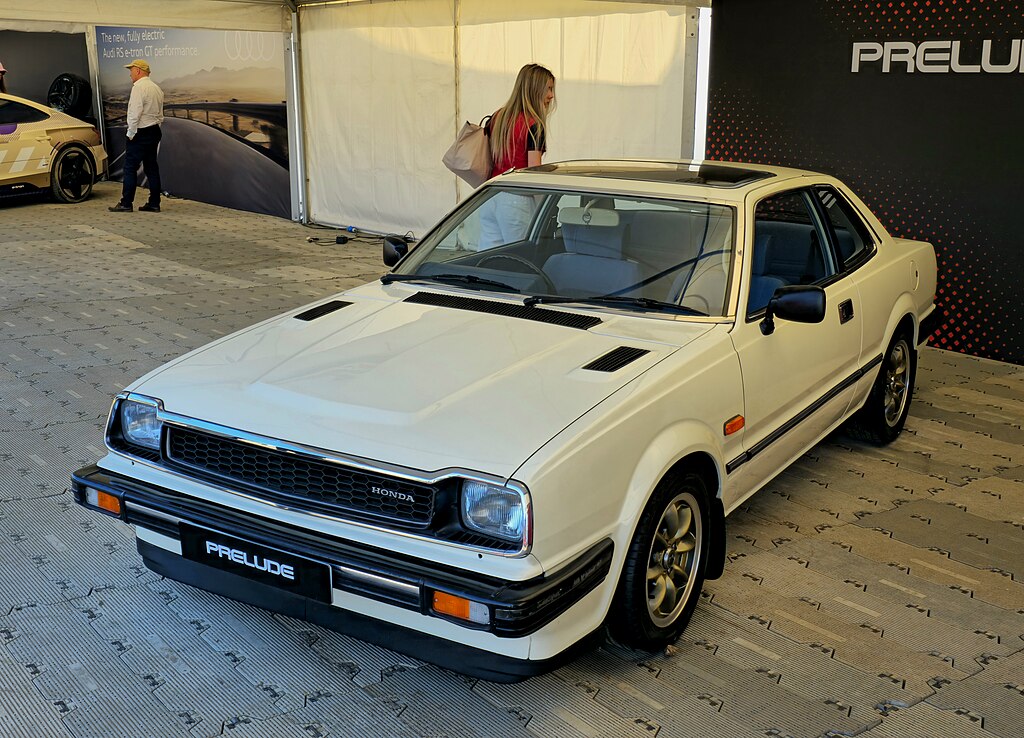 Calreyn88, CC BY-SA 4.0, Wikimedia Commons
Calreyn88, CC BY-SA 4.0, Wikimedia Commons
Honda Del Sol
The Honda Del Sol, built on a Civic chassis, was a quirky little car that split opinions—some mocked it, while others adored it. This compact, semi-convertible may have looked playful, but specific models packed a punch, boasting engines that cranked out anywhere from 102 to 160 horsepower. Honda pulled the plug on this model in 1998 despite its fun-loving spirit. Love it or hate it, this little roadster left its mark.
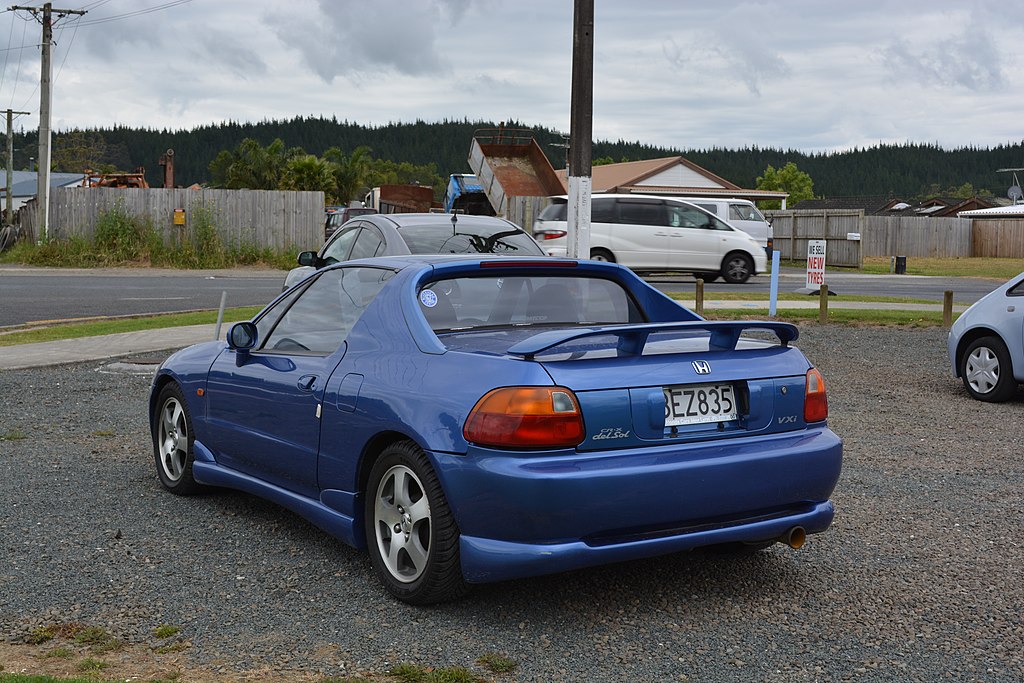 GPS 56, CC BY 2.0, Wikimedia Commons
GPS 56, CC BY 2.0, Wikimedia Commons
Dodge Viper
The Dodge Viper, a raw, unfiltered beast of a car, tore up the streets from the early 90s until 2017, when stricter crash regulations ultimately sealed its fate. To comply, Dodge would have needed to redesign the roof to fit side curtain airbags, a pricey move for such a low-production vehicle. Over the past decade, fewer than 3,500 Vipers found new homes, with only four sold in 2020. But let’s be honest—if Dodge ever resurrects this V10 monster, gearheads everywhere will be more than ready to welcome it back with open arms.
 Calreyn88, CC BY-SA 4.0, Wikimedia Commons
Calreyn88, CC BY-SA 4.0, Wikimedia Commons
Dodge Challenger
Dodge is officially saying goodbye to the legendary Challenger as it shifts gears toward an electric future, headlined by the new Charger Daytona SRT EV. The “Last Call” special edition Challengers give this icon a proper sendoff, including the mind-blowing Demon 170—a beast packing 1,025 horsepower and a ridiculous 0-60 time of just 1.7 seconds. If this is the end of an era, at least it’s going out at full throttle.
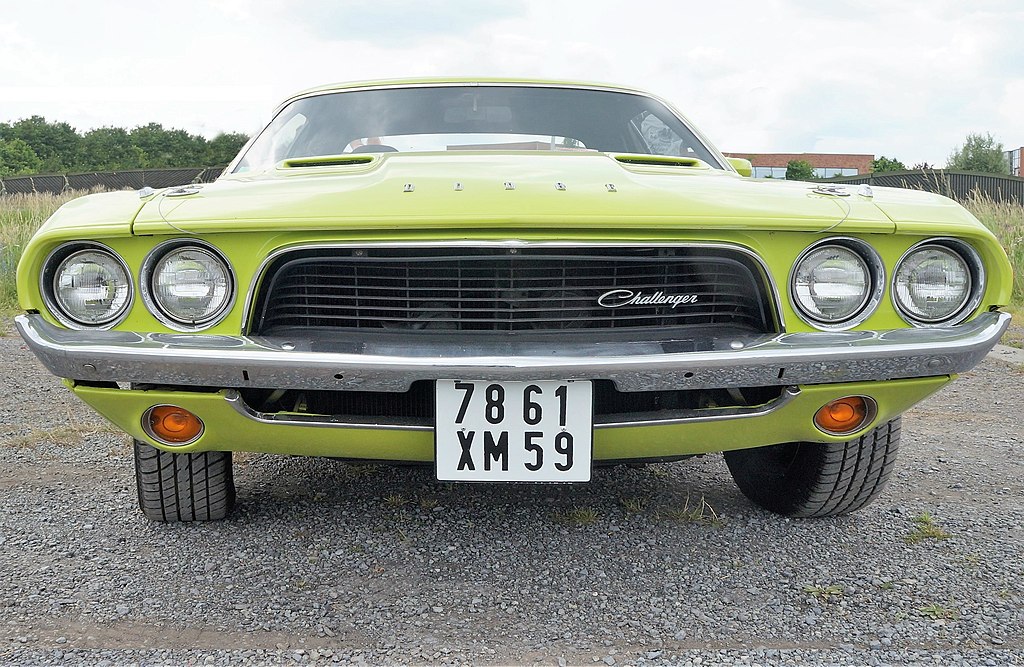 Pierre André Leclercq, CC BY-SA 4.0, Wikimedia Commons
Pierre André Leclercq, CC BY-SA 4.0, Wikimedia Commons
Dodge Charger Sedan
Like the Challenger, the Dodge Charger sedan is also reaching the end of the road. A staple in the Dodge lineup since 2006, the Charger made a name for itself with high-powered, no-nonsense muscle, especially with standout models like the Scat Pack, Hellcat, and the monstrous Hellcat Redeye. With Dodge shifting gears toward electrification, the Charger’s retirement marks the end of an era for gas-powered American muscle. But don’t mourn just yet—Dodge has already teased the future with the all-electric Charger Daytona SRT concept, proving that muscle car spirit isn’t going anywhere.
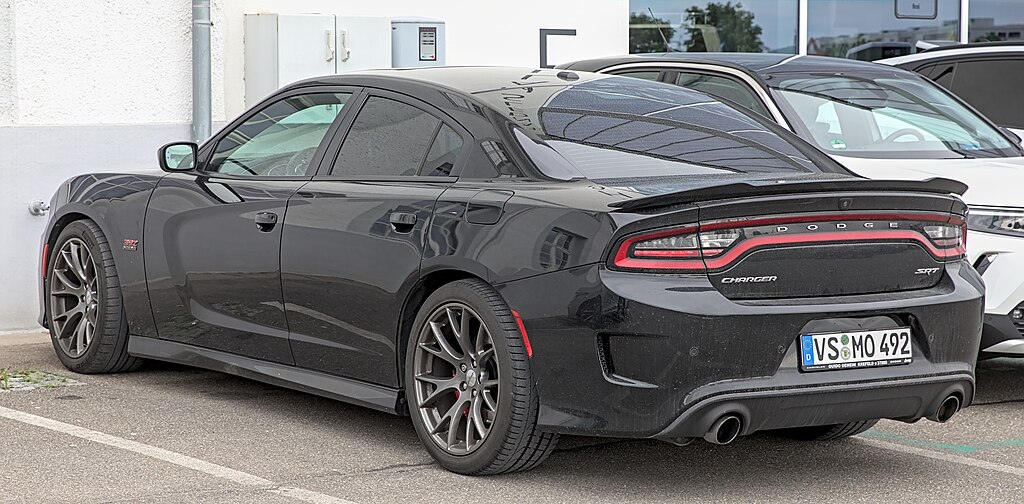 Alexander-93, CC BY-SA 4.0, Wikimedia Commons
Alexander-93, CC BY-SA 4.0, Wikimedia Commons
Audi’s A5, S5, RS5
Audi is pulling the plug on its A5, S5 two-door, and RS5 models after the 2024 model year, though the four-door Sportback versions will stick around a bit longer. While a new generation of A5 coupes and convertibles could be in the works, there’s also a real possibility that 2024 marks the end of the two-door A5 lineup for good. Either way, fans of Audi’s sleek coupes might want to grab one while they still can!
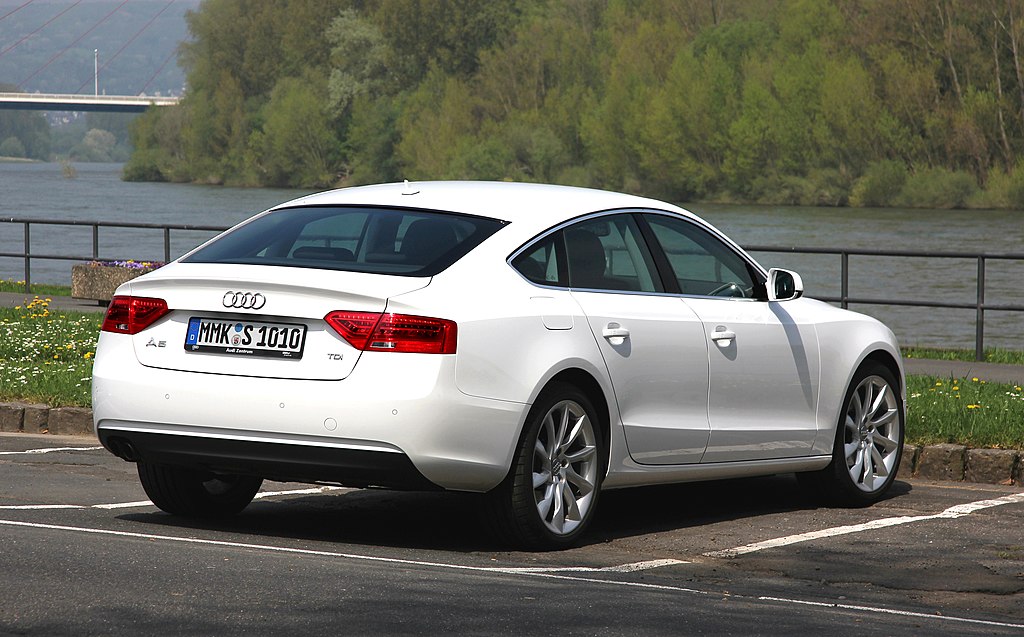 Lothar Spurzem, CC BY-SA 2.0, Wikimedia Commons
Lothar Spurzem, CC BY-SA 2.0, Wikimedia Commons
Audi R8
All good things must end—even Audi’s iconic supercar. After 17 years of heart-pounding performance and head-turning style, the R8 is officially riding off into the sunset. The final model, the 2023 GT RWD, hit the US market with a hefty $251,395 price tag, signaling the beginning of the end. By 2024, the last R8 had rolled off the production line, closing the chapter on one of Audi’s most thrilling creations.
 Lothar Spurzem, CC BY-SA 2.0, Wikimedia Commons
Lothar Spurzem, CC BY-SA 2.0, Wikimedia Commons
The Chrysler Town & Country
Minivans might not be the flashiest rides on the road, but for 27 years, the Chrysler Town & Country was the go-to family hauler across America and beyond. From the faux-wood-paneled models of the 90s to the sleeker, more polished versions of the 2000s, it was never the most exciting vehicle, but it was always safe, reliable, and packed with family-friendly features. Whether it was road trips, school runs, or soccer practice, the Town & Country made family life a little easier—until Chrysler retired it in 2016 to make way for the Pacifica.
Focus RS Hatchback
The Focus RS wasn’t just another hatchback—it was a rally-inspired thrill ride wrapped in a practical package. A contender for the 2017 MotorTrend Car of the Year, it turned heads with its aggressive styling, bold color options (hello, Nitrous Blue!), and turbocharged punch. However, Americans just aren’t that into hatchbacks, and as Ford shifted its focus to SUVs and trucks, the Focus RS got left behind. It was a tough loss for fans of all-wheel-drive turbocharged chaos, but Ford pulled the plug on the US market in 2018 despite its cult following.
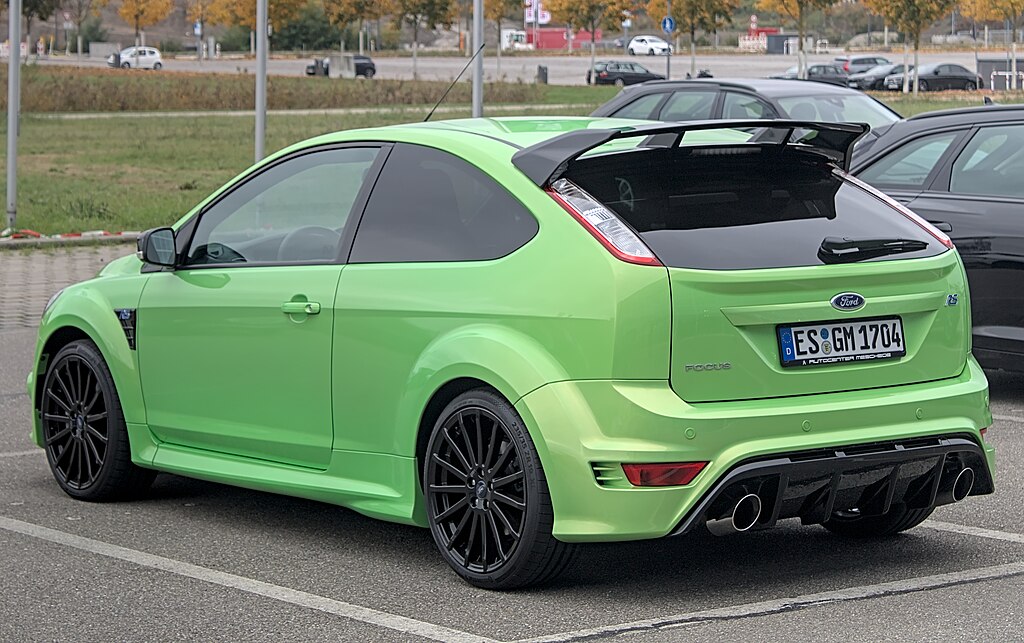 Alexander-93, CC BY-SA 4.0, Wikimedia Commons
Alexander-93, CC BY-SA 4.0, Wikimedia Commons
Ford Focus RS
For nearly 20 years, the Ford Focus was a global bestseller and a popular first car for many. Known for its safety, fuel efficiency, and affordability, it debuted in 1998 and lasted until 2018. But the Focus wasn’t just a commuter—it had a wild side, too. Performance models like the Focus ST and the 350-horsepower RS proved compact cars could be thrilling. Despite its US exit, the Focus remains a favorite among hot hatch fans.
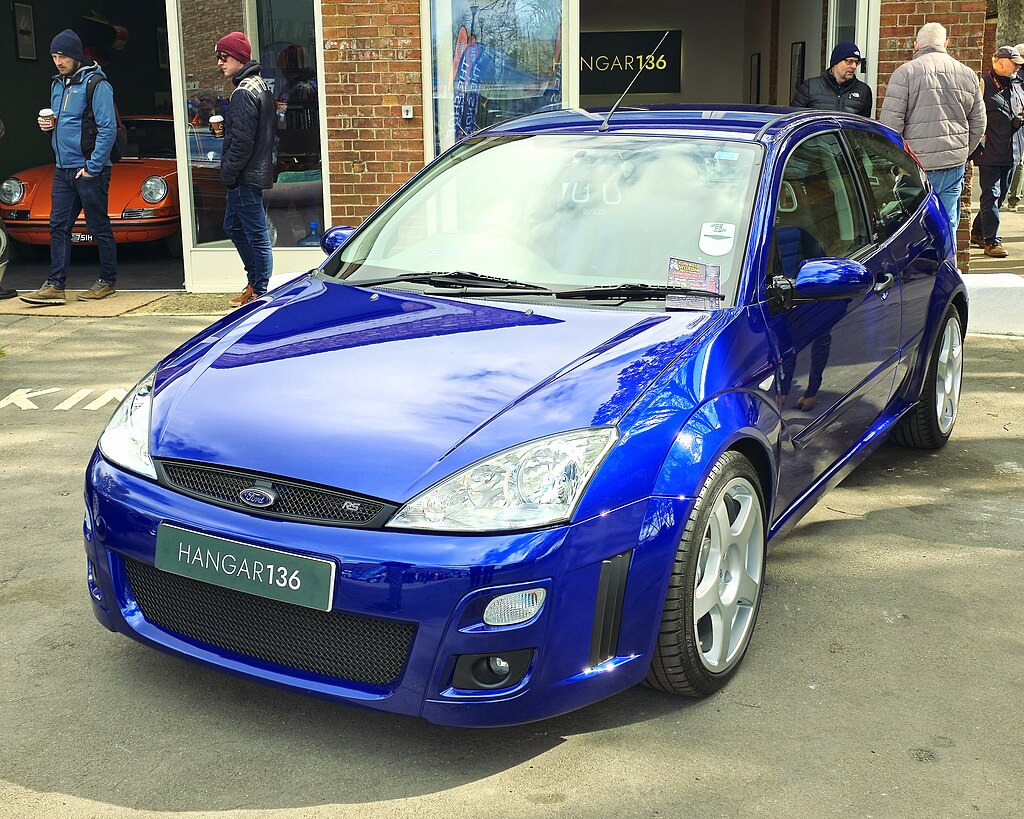 Calreyn88, CC BY-SA 4.0, Wikimedia Commons
Calreyn88, CC BY-SA 4.0, Wikimedia Commons
Ford Fiesta
It’s the end of an era for the Ford Fiesta. While the US waved goodbye to the subcompact in 2019, Europe held on a little longer—but not much longer. Ford has officially discontinued the Fiesta, replacing it with an all-electric version. The final Fiesta rolled off the production line in 2023, closing the book on a legendary 47-year run. The Fiesta became a global bestseller thanks to its affordability, efficiency, and surprisingly fun driving dynamics. Though it’s gone, its legacy as one of Ford’s most beloved models lives on.
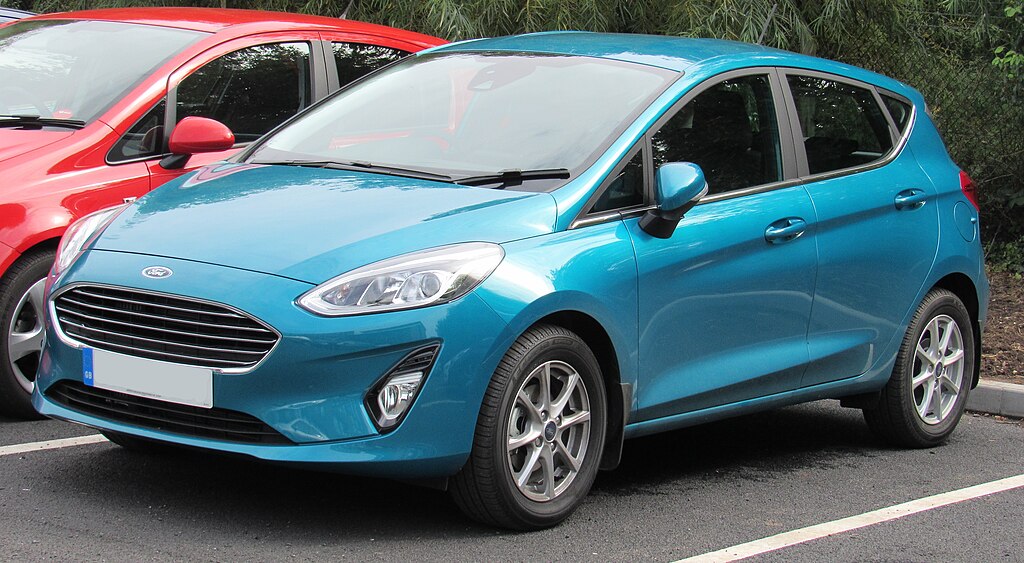 Vauxford, CC BY-SA 4.0, Wikimedia Commons
Vauxford, CC BY-SA 4.0, Wikimedia Commons
Ford Thunderbird
The Thunderbird was one of the most iconic cars of the 20th century, blending luxury and performance in a way that defined American grand touring. Spanning 11 generations, it saw massive success in the 50s, 60s, and 70s, with sleek designs and powerful V8s making it a favorite among collectors. However, its 2000s revival didn’t fare as well—many found its retro-inspired styling underwhelming, and it disappeared again by 2005. Still, with its rich history and unmistakable presence, the Thunderbird remains a legend in Ford’s lineup.
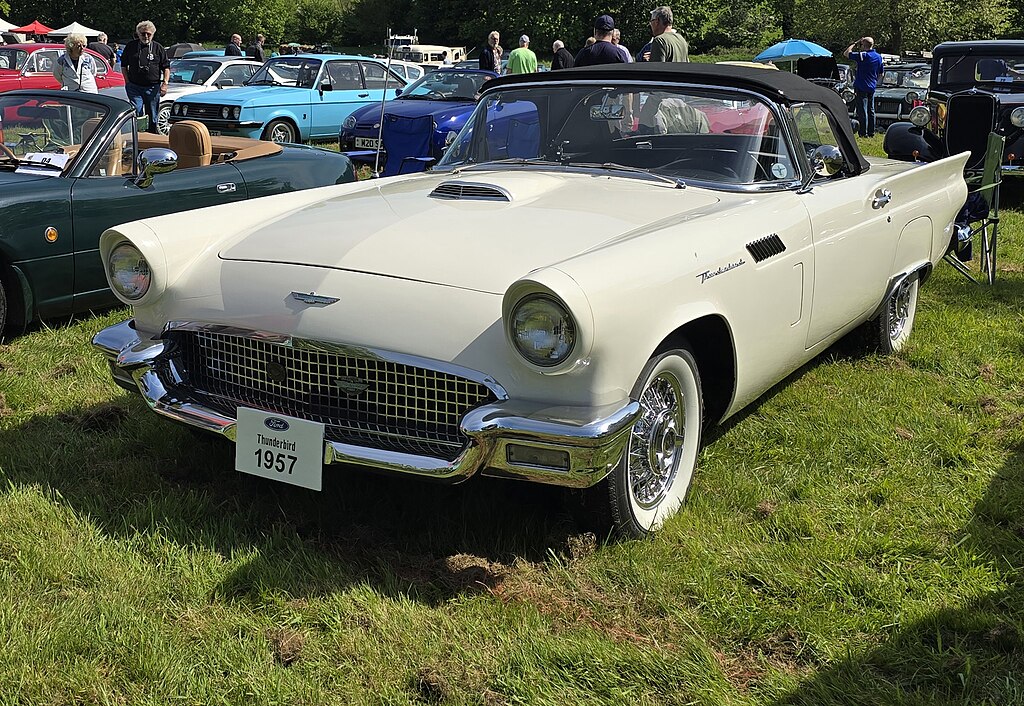 Calreyn88, CC BY-SA 4.0, Wikimedia Commons
Calreyn88, CC BY-SA 4.0, Wikimedia Commons
Kia Forte
The Forte name is officially gone, but the car isn’t disappearing. For its 2025 redesign, Kia is rebranding the compact sedan as the K4. Of course, the company promotes its new model as more appealing than ever, but the Forte name, which has been around since 2010, is history. Before the Forte, Kia’s compact sedan was called the Spectra; before that, it was the Sephia. The K4 may be the name that finally sticks.
Kia Rio
Kia officially retired the Rio for the 2024 model year, marking the end of a 25-year run for this budget-friendly compact. First introduced globally in 1999, the current generation debuted in the US in 2016 and quickly became one of the most affordable cars on the market. Despite its practical appeal, the Rio’s retirement opens the door for a potential new budget-friendly model from Kia shortly. Though it’s gone, the Rio’s legacy of affordability and reliability will be remembered by many.
 Jakub CA, CC BY-SA 4.0, Wikimedia Commons
Jakub CA, CC BY-SA 4.0, Wikimedia Commons
Cadillac Coupe DeVille
Cadillac produced this stunning vehicle for nearly 50 years, with the first DeVille models debuting in 1958. After several updates, the model continued production until 2005. An interesting fact is that the DeVille was Cadillac’s longest-running nameplate, and it became a symbol of American luxury. Some versions featured advanced technology for its time, like the first mass-produced car with air conditioning in the early 1960s.
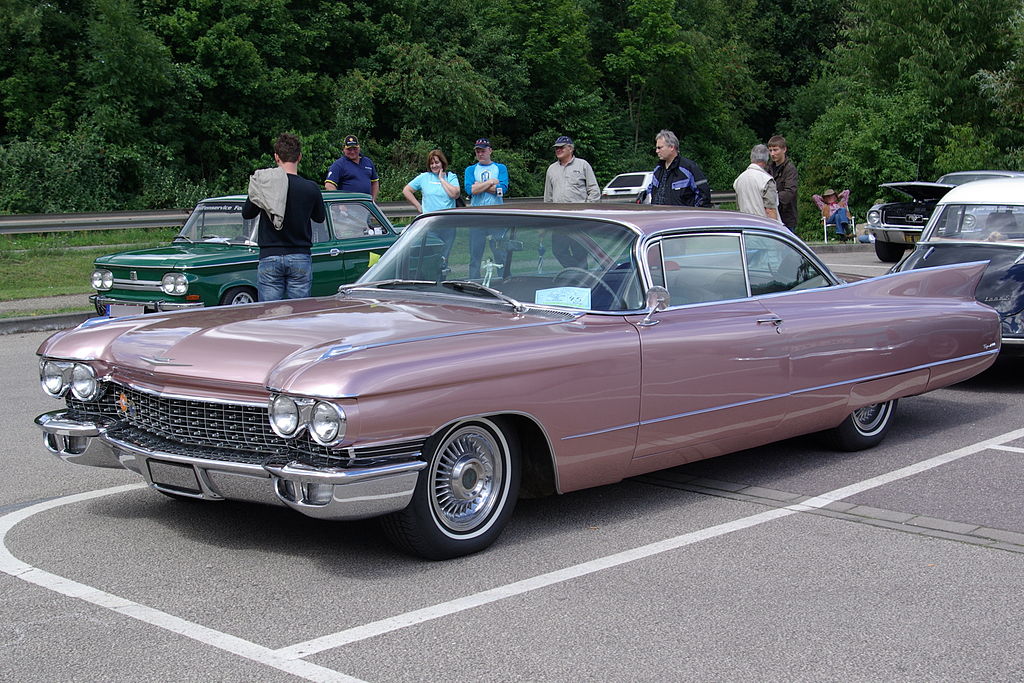 Berthold Werner, Wikimedia Commons
Berthold Werner, Wikimedia Commons
Cadillac Eldorado
The Cadillac Eldorado, available in hardtop and convertible versions, symbolized American luxury for nearly five decades. For years, it was America’s best-selling luxury two-door car. Produced from 1953 until 2002, the Eldorado made history in its debut year by becoming the first mass-produced front-wheel-drive car, a groundbreaking feature that set it apart from its competitors. With its sleek design and innovative engineering, the Eldorado remains a classic in luxury automobiles.
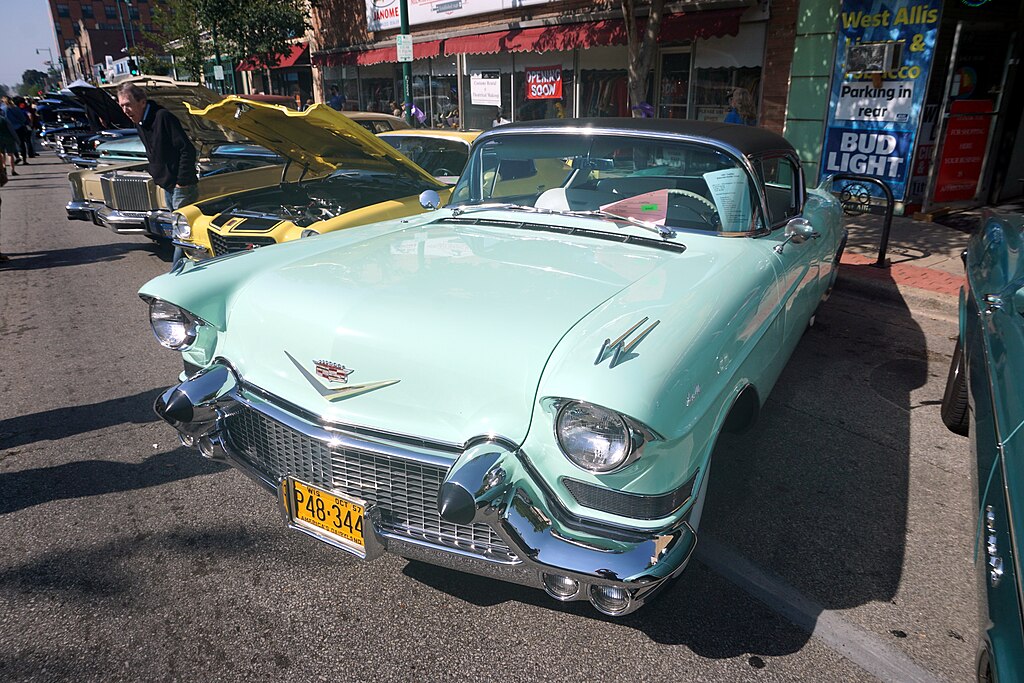 Michael Barera, CC BY-SA 4.0, Wikimedia Commons
Michael Barera, CC BY-SA 4.0, Wikimedia Commons
Mazda RX-7
Auto enthusiasts loved the Mazda RX-7 for its handling, style, and the unique rotary engine that powered it. Unlike typical piston engines, the lightweight rotary engine offered an exceptional power-to-weight ratio. The RX-7 was one of the few cars to feature the Wankel rotary engine. It allowed it to maintain a low center of gravity and deliver agile, responsive handling, making it a favorite among driving purists.
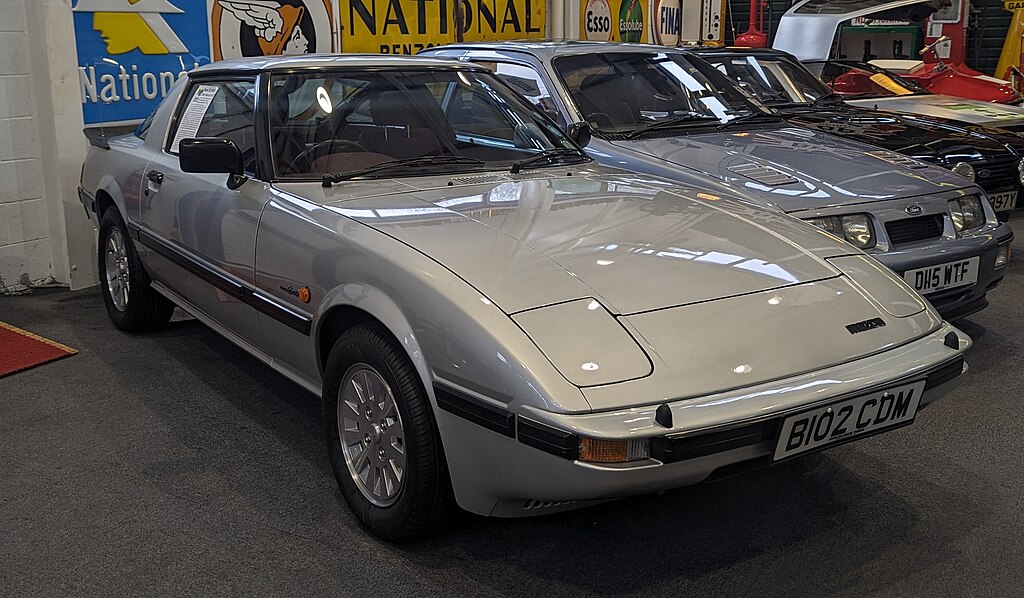 Calreyn88, CC BY-SA 4.0, Wikimedia Commons
Calreyn88, CC BY-SA 4.0, Wikimedia Commons
Mercedes-Benz A-Class
Mercedes-Benz is discontinuing the A-Class sedan, but fans still have time to buy one before production ends in 2025. The sedan and hatchback versions will be phased out by 2026, and there are no plans for a successor. This marks the end of the entry-level luxury car era, as the current generation will be the last. Though it’s saying farewell, the A-Class leaves a legacy of blending luxury with affordability for those entering the Mercedes-Benz family.
Pontiac Firebird Trans-Am
The Pontiac Firebird, perhaps most famous from the TV show Smokey and the Bandit, was a classic American sports car produced from the late 1960s to the early 2000s. The most well-known version was the Trans-Am, a special package created specifically for the Firebird. Noteworthy is that the Trans-Am became a performance icon, thanks in part to its success in motorsports, particularly in the Trans-Am racing series, where it earned a reputation for speed and handling.
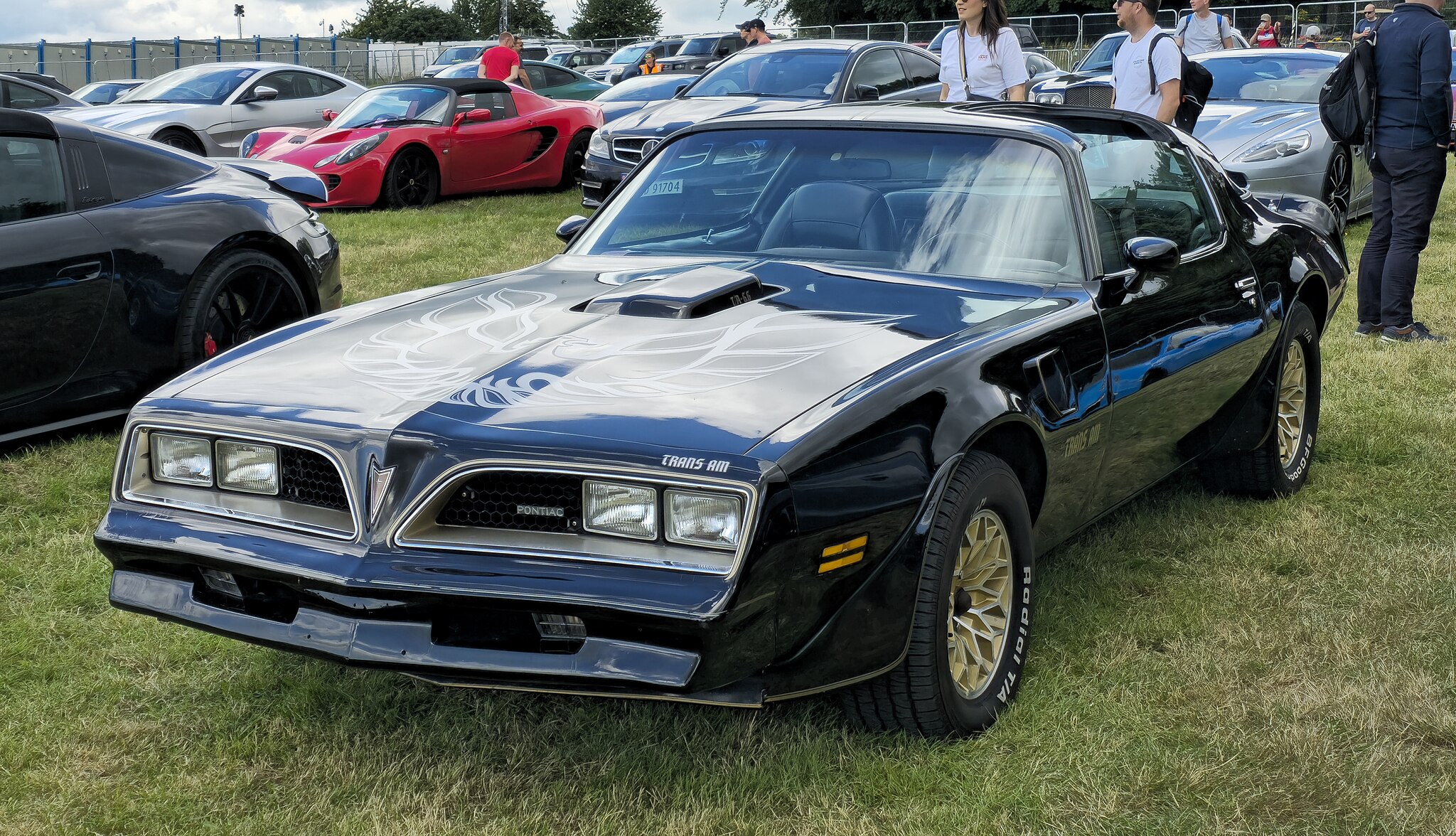 Calreyn88, CC BY-SA 4.0, Wikimedia Commons
Calreyn88, CC BY-SA 4.0, Wikimedia Commons
Chevrolet Avalanche
The Chevrolet Avalanche, a four-door pickup truck, took over roads across America in the early 2000s, quickly becoming the dream ride for many high schoolers. With a unique chassis shared with the Cadillac Escalade EXT, it offered something truly different at the time. In 2002, the Avalanche earned the prestigious MotorTrend Truck of the Year award, solidifying its place in automotive history. Known for its versatility and bold design, it remains a memorable symbol of its era.
Chevrolet Camaro Turbo
The Chevrolet Camaro will be available for one more year before it’s discontinued, but it’s saying goodbye with some changes. The base turbocharged four-cylinder model won’t return for the 2024 model year. Instead, the 3.6-liter V6 with 335 hp will replace the new base engine. While the Camaro’s farewell is bittersweet, it’s going out with a powerful punch, leaving fans to enjoy one last ride in this American muscle legend.
 BrokenSphere, CC BY-SA 3.0, Wikimedia Commons
BrokenSphere, CC BY-SA 3.0, Wikimedia Commons
Nissan Titan
Nissan has abandoned its attempt to compete with the Big Three’s full-size pickups. The effort, which began in 2003 with the first-generation Titan, brought bold styling, impressive V8 power, and a few innovative features to the segment. However, sales never came close to matching those of its competitors. The launch of the second-generation Titan in 2016 did little to alter the truck’s fate.
Nissan GT-R
Nissan’s iconic R35 GT-R, aka Godzilla, has proven challenging to retire, lasting from 2008 to 2024 with numerous updates. While its appearance has remained unchanged, its power has steadily increased, with the NISMO version now delivering 600 horsepower from its twin-turbo 3.8-liter V6. Once a tech leader, the GT-R’s complex all-wheel-drive system has been surpassed by newer competitors. However, the next-generation GT-R will have big shoes to fill, likely incorporating electrification to keep up with the times.
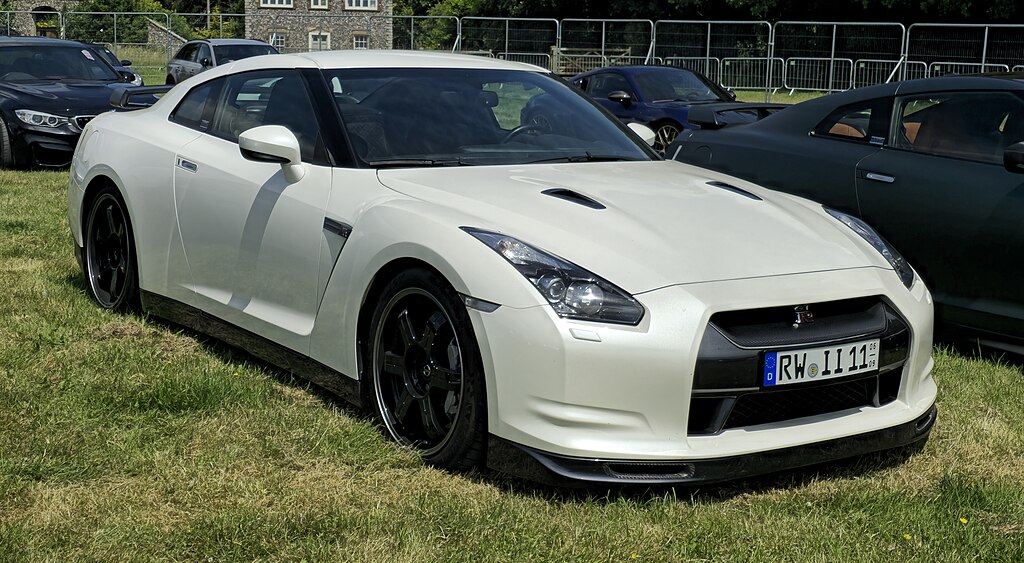 Calreyn88, CC BY-SA 4.0, Wikimedia Commons
Calreyn88, CC BY-SA 4.0, Wikimedia Commons
Toyota Venza
The original Venza, based on the Camry, was a crossover sold from 2009 to 2015. After a few years, Toyota revived the nameplate and applied it to the Japan-market Harrier based on the RAV4 Hybrid. The 2021 Venza was marketed as a mid-size, two-row crossover to compete with models like the Ford Edge and Nissan Murano. However, it struggled to stand out due to its small size, high price, and similarities to other Toyota models.
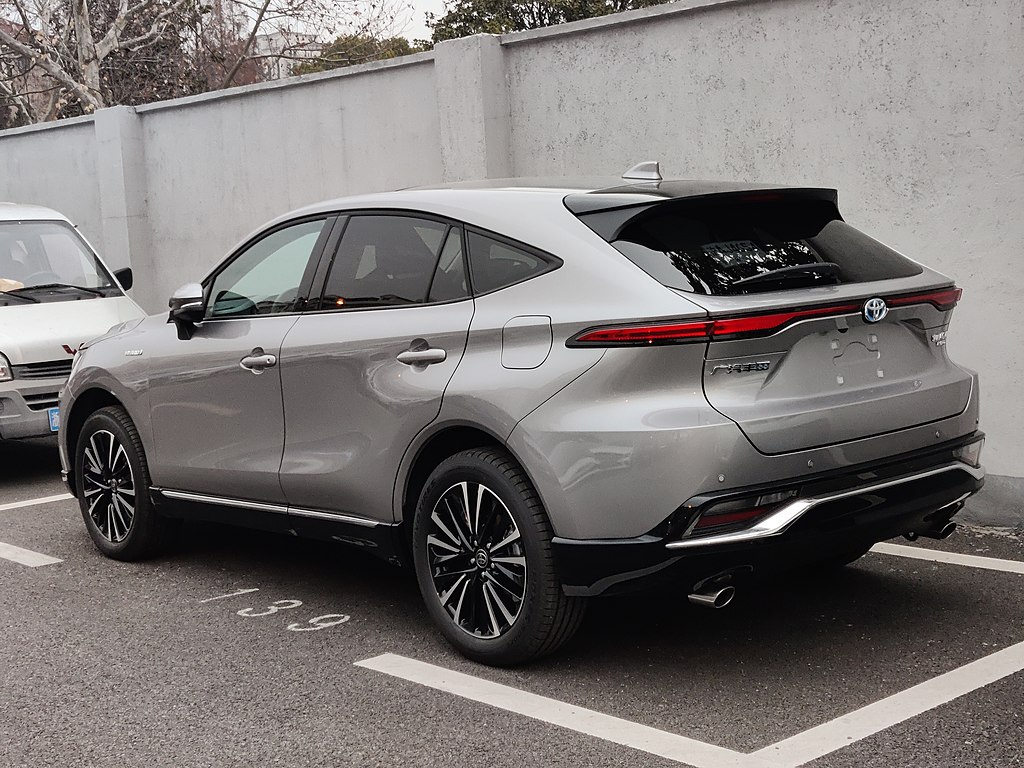 Zotyefan, CC BY-SA 4.0, Wikimedia Commons
Zotyefan, CC BY-SA 4.0, Wikimedia Commons
Toyota Celica
The Toyota Celica enjoyed an impressively long run from 1970 to 2006, with constant updates that kept it in tune with the changing styles of the times. Over its 35-year lifespan, the coupe evolved to meet new trends, but as SUVs grew in popularity and compact sports cars lost their appeal, the Celica’s time ended. Despite its discontinuation, the Celica remains a beloved part of Toyota’s legacy, remembered for its performance and versatility through the decades.
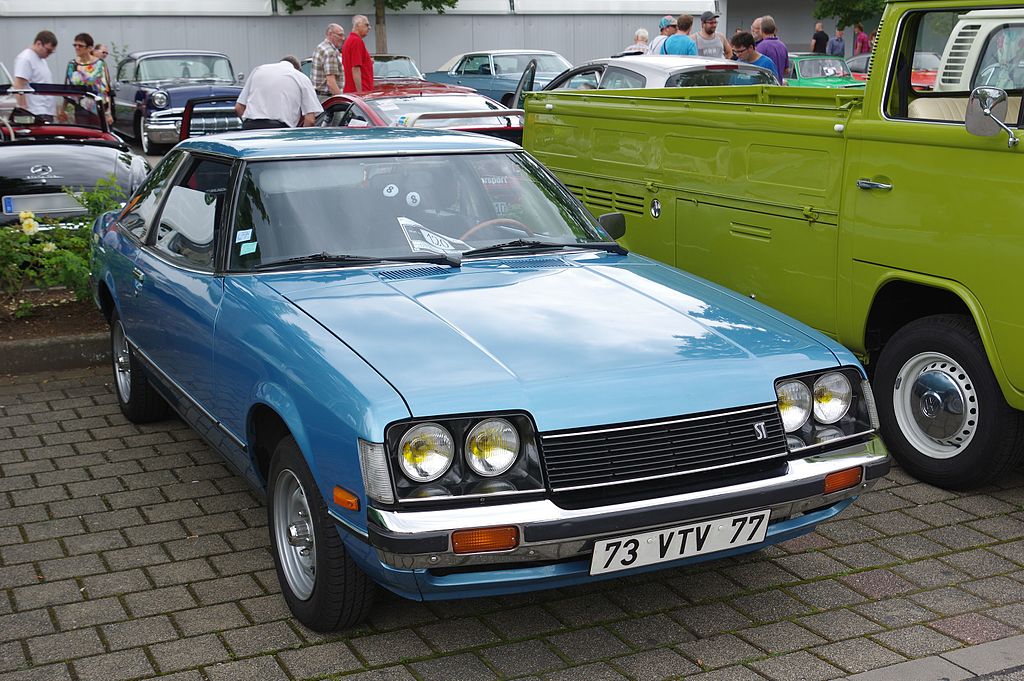 Berthold Werner, CC BY-SA 3.0, Wikimedia Commons
Berthold Werner, CC BY-SA 3.0, Wikimedia Commons
Infiniti Q50
Infiniti is ending production of the Q50 sedan after the 2024 model year, marking the end of a chapter for this luxury sedan. Despite recent updates, including a twin-turbo V6, the Q50 never stood out among its sports sedan competitors. While it wasn’t a segment leader, its departure still feels bittersweet, especially as sedans become an increasingly rare breed in today’s market dominated by crossovers and SUVs. The Q50 may not have been a front-runner, but it earned a reputation as a solid choice in its class.
 Tino Rossini, CC BY 2.0, Wikimedia Commons
Tino Rossini, CC BY 2.0, Wikimedia Commons
Ferrari F8 Spider
In 2020, the Ferrari 488 evolved into its breathtaking successor, the F8. Despite the name change, the F8 was essentially an enhanced version of the 488, with improved performance and design. With the departure of the F8 Spider, Ferrari is closing the chapter on its V8 mid-engine supercars. But suppose you still crave that thrilling Ferrari experience. In that case, the SF90 is the new option, but with the added complexity of a plug-in hybrid system, marking a shift toward electrification in Ferrari’s lineup.
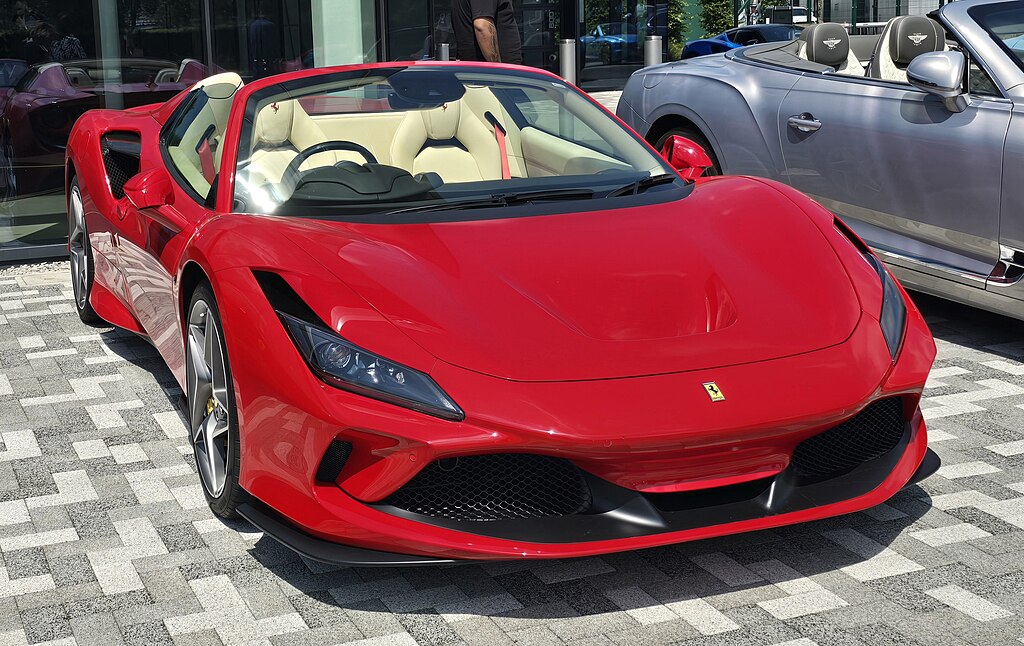 Calreyn88, CC BY-SA 4.0, Wikimedia Commons
Calreyn88, CC BY-SA 4.0, Wikimedia Commons
Ferrari Roma
Ferrari seems ready to fill the void left by the Roma’s discontinuation with a new model already being tested. While it’s not sure whether the updated vehicle will retain the Roma name, it is expected to carry over the elegant design and performance attributes that defined the original. Ferrari might refine the model with new tech, improved aerodynamics, and even more power under the hood, continuing the legacy of the Roma as a stylish yet dynamic grand tourer.

